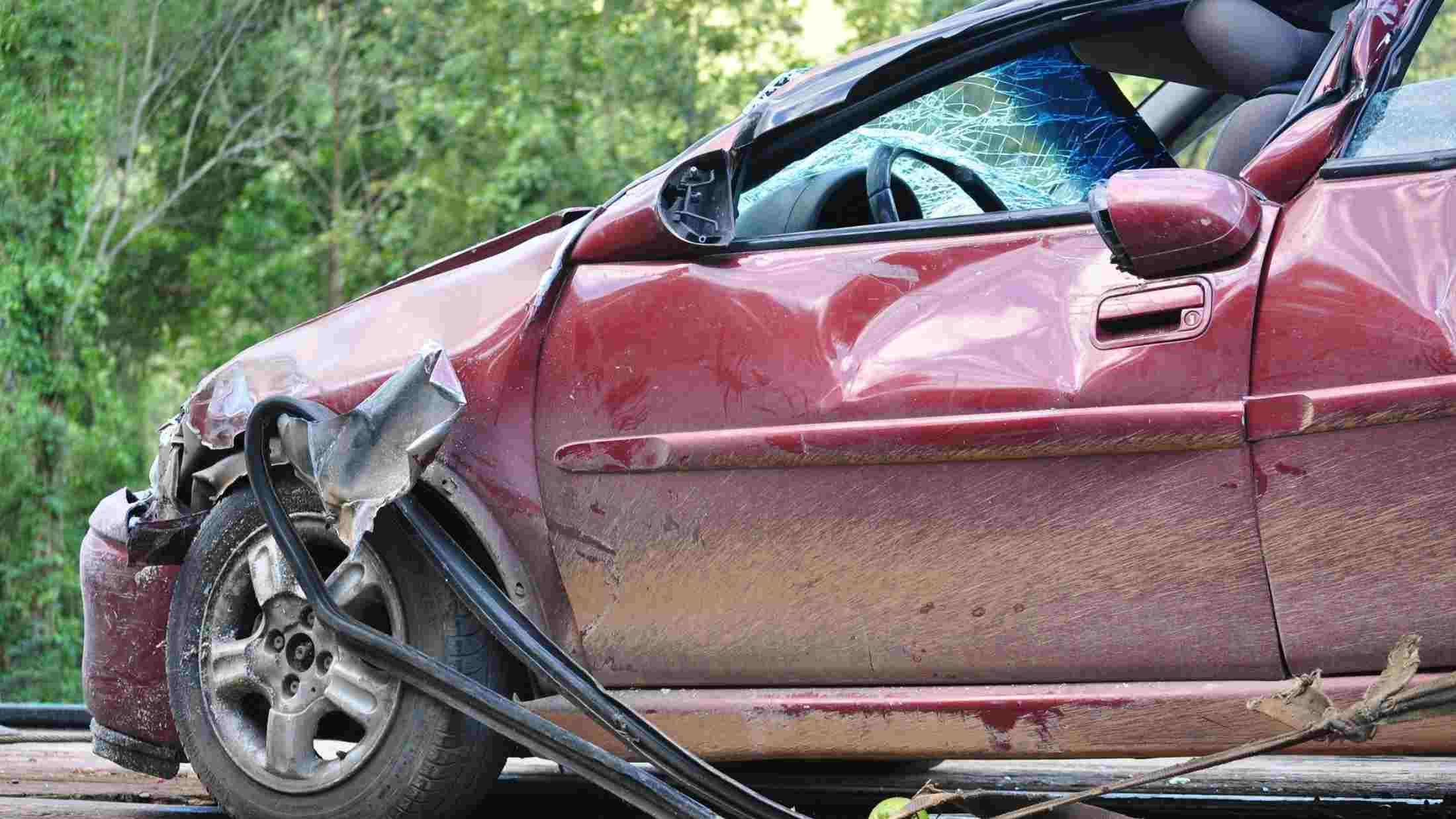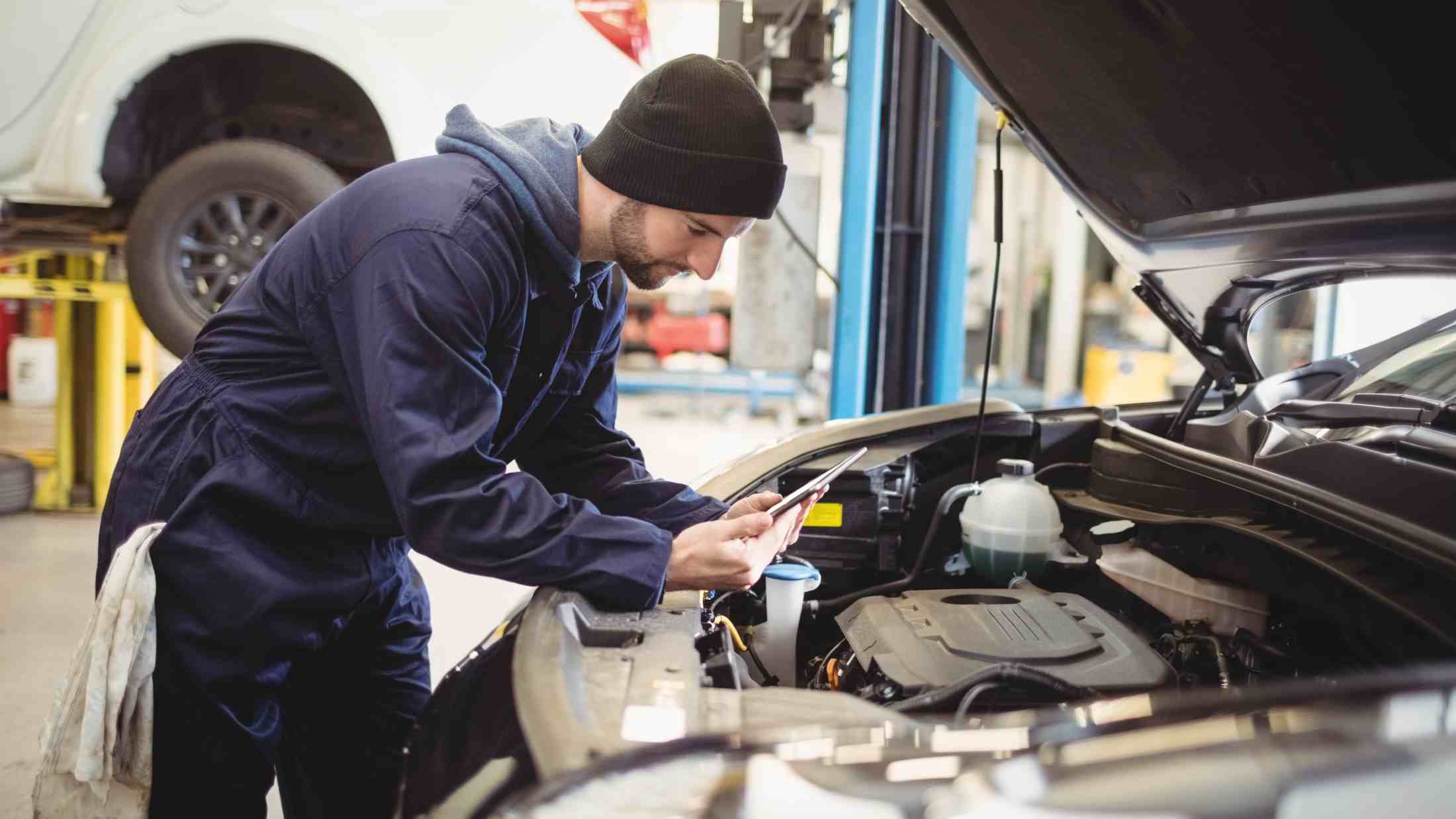A write-off is a vehicle that has sustained too much damage to be safely put back on the road. Or, it can also be one that is still safe to drive but is beyond economical repair. This level of damage is often caused by a serious crash.
Branding a car ‘beyond economical repair’ sounds more daunting than it is. Put simply; it means the car costs more to repair than it’s worth to sell. The car’s resell value, cost of repair and other added costs all play a part in this decision. An average repair bill of 50-60% of the market value makes a car beyond economic repair. Though, this figure will vary depending on your car insurance provider.
An insurance assessor or an engineer will inspect any damage, following strict criteria for any claim. This will be done either in person or from photos and reports given by your garage.
Car insurance categories explained
How much damage your car has suffered plays a big part in whether it gets written off. After some recent changes, there are now four categories for insurers assessing damage. These categories tell you how damaged your car is. Essentially, whether your car is repaired or written-off depends on which category it falls into.
Category A
This is the most severe category your car can fall into. Category A vehicles are described as waste. These are cars that are so badly damaged that they must be scrapped and the entire car – including any salvageable parts – crushed. Category A vehicles must never re-appear on the roads.
Category B
Vehicles in category B have suffered extensive damage and are still described as waste, but some parts remain salvageable. In these cases, the body shell of the car should be crushed as the car is not roadworthy. However, reclaimed parts can be salvaged for use in roadworthy cars. Category B vehicles should also never re-appear on roads, and only their salvageable parts may go on to be used in roadworthy vehicles.
Category S (formerley C)
Category S is a new category and refers to vehicles that have suffered structural damage. Structural damage can include a bent or twisted chassis or a crumple zone that has completely collapsed. In cases of category S vehicles, the damage suffered is more than just cosmetic. As a result, the insurer will most often decide not to perform the repairs themselves. Instead, these must be carried out by a specialist to a standard that is roadworthy. Until then, the car won’t be safe to drive.
Category N (formerley D)
The least severe category for your vehicle to fall into is category N, the second of the new categories. Cars in this category haven’t sustained any structural damage. This means category N write-offs will be for cosmetic or electrical reasons. Until repairs are made these cars are still not safe to drive. Non-structural damage can mean faults with the brakes, steering or other safety-related parts.
Why did the write-off categories change?
Before the current salvage categories (A, B, S and N) were put in place, there were four original salvage categories (A, B, C and D) in use when determining the state of a write-off. While categories A and B have remained unchanged, categories C and D were replaced.
Category C (now S)
These cars could legally be put back on the road, though they were often found to be too costly to repair in order to do so. As these cars would often cost more to repair than they are worth, the responsibility to have them repaired fell on the owner.
Category D (now N)
Category D cars were the lowest category of damage and were able to be put back on the road without being re-registered with the DVLA. These cars were, theoretically, cheaper to repair than those in category C, though additional costs may make it no longer worthwhile.
Before these changes were made, categories C and D were governed by the cost of repair that was estimated by your insurer. These changes came into effect because some insurers were quick to condemn a vehicle to be crushed if the car cost more than half of its value to repair. This led to more and more cars that would otherwise be safe and drivable being prematurely scrapped. The introduction of these new categories has aimed to decrease this.
You should now be able to assess the difference between the salvage categories for write-off vehicles. These will give you a better understanding of the level of damage these cars have sustained in order to be classed as a write-off.












